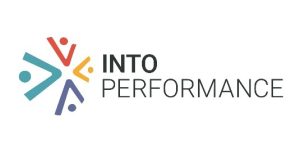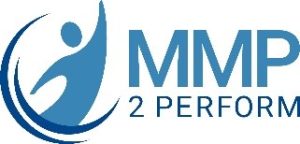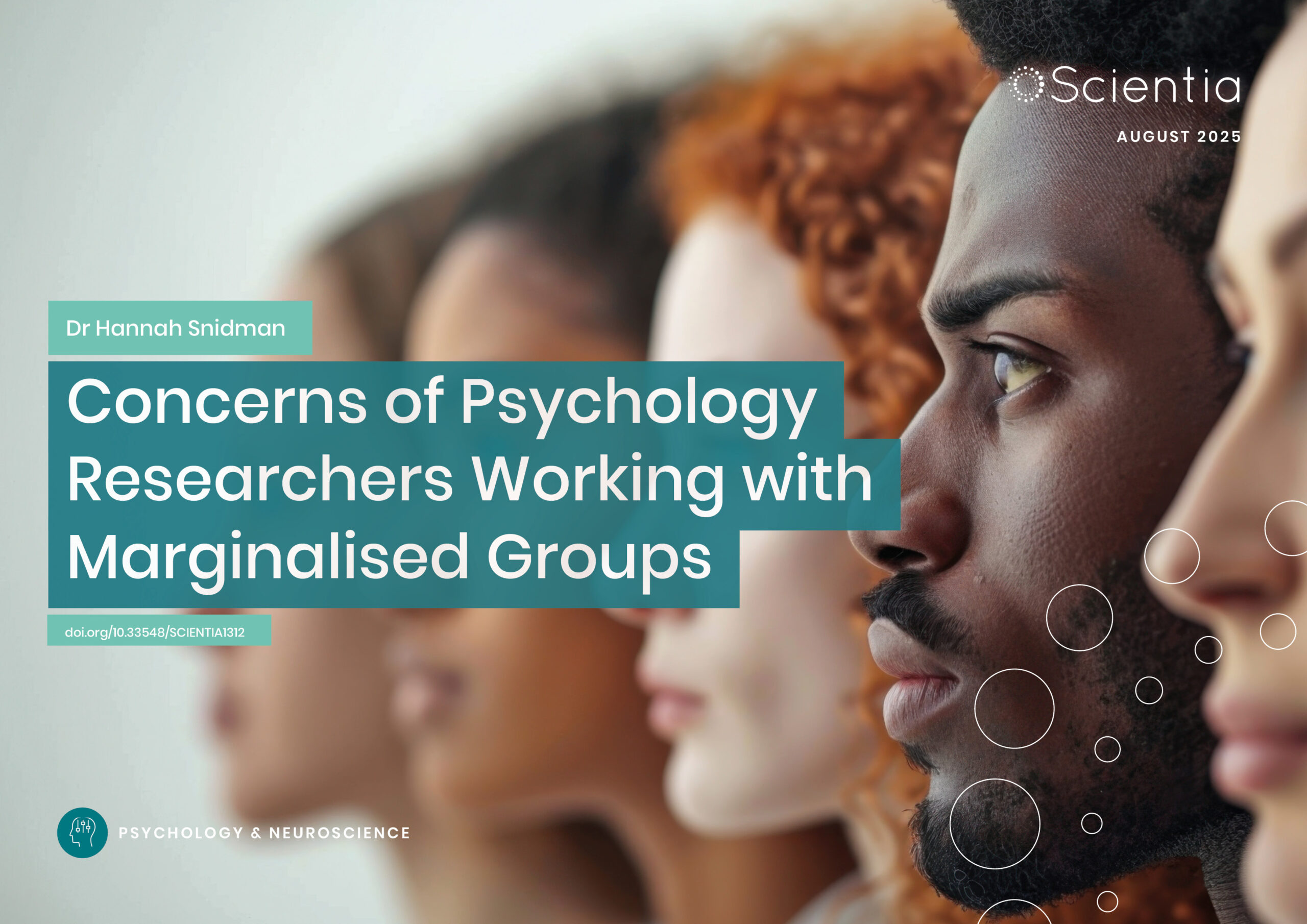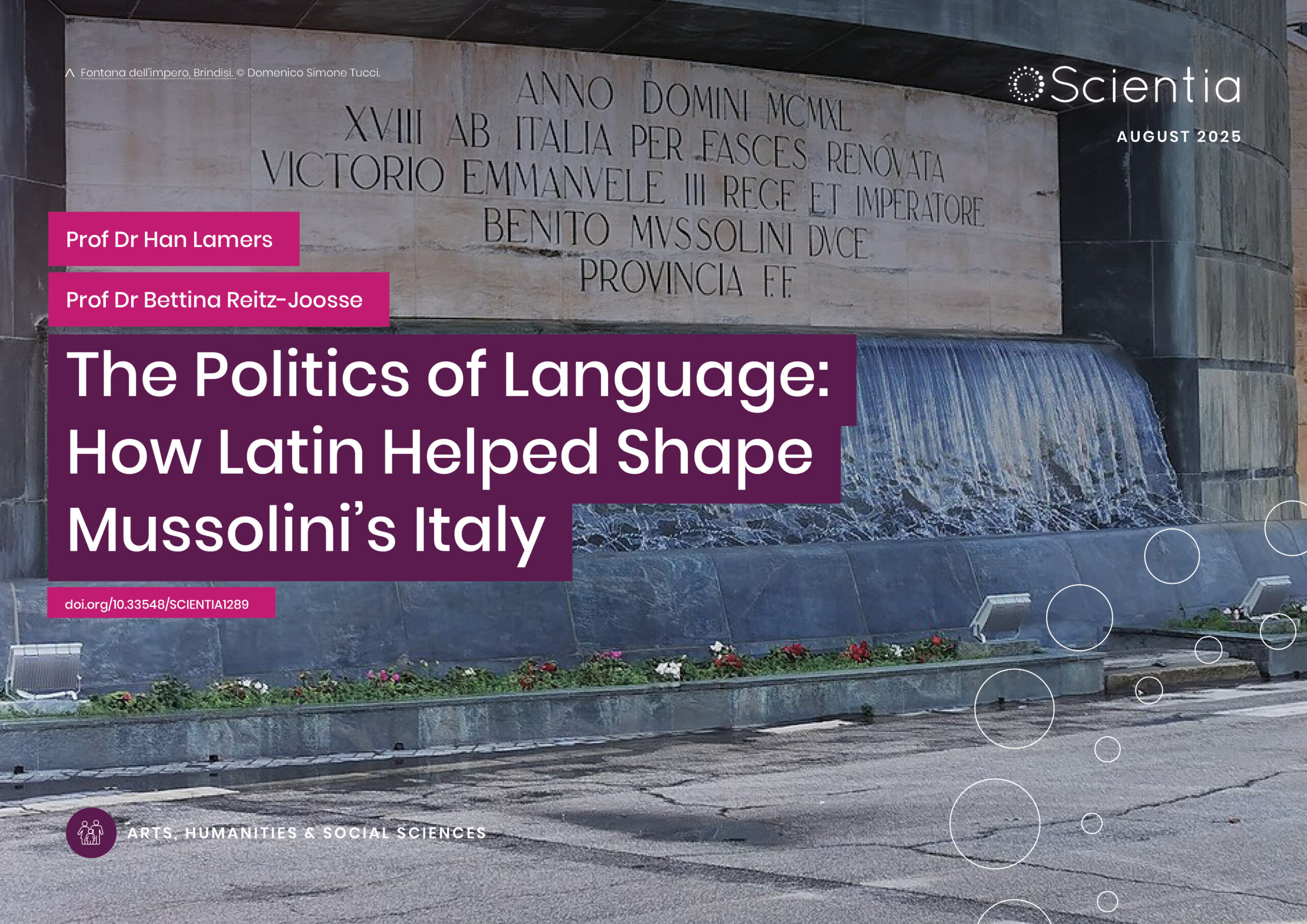Dr Reuven Bar-On – Dr Carina Fiedeldey-Van Dijk | Optimising Employee Talent with a Multifactor Measure of Performance
Dr Reuven Bar-On and Dr Carina Fiedeldey-Van Dijk, the co-directors of Into Performance ULC, are established experts in the psychology of human performance. For over 35 years, Dr Bar-On has examined human performance within the workplace and elsewhere. He originally developed the Bar-On Multifactor Measure of Performance (MMP), a psychometric instrument designed to study, evaluate and enhance performance and accessible via the MMP2Perform.com website. Together, Dr Fiedeldey-Van Dijk and Dr Bar-On are continuing to develop this model and evidence-based approaches to maximise employee potential in the workplace with MMP-driven business solutions.
The Vital Importance of Human Performance
In all aspects of life, success typically depends on how individuals perform, and the capability for this influences how well individuals survive and thrive. According to Dr Reuven Bar-On, ‘From a business perspective, high-performing employees contribute significantly to the overall accomplishment, productivity, and profitability of an organisation.’ He and Dr Carina Fiedeldey-Van Dijk see performance in the workplace as inherent in achieving desired goals and bringing about positive change. They are dedicated to supporting organisations and professionals who are concerned with enhancing human performance with scientifically validated tools.
The Bar-On Multifactor Measure of Performance (MMP)
Now in its fourth edition, the Bar-On Multifactor Measure of Performance (MMP) is the first scientifically validated assessment of individuals’ current level of performance in the workplace. It comprises multiple scales, and the Core Factors in this measure are physical (comprising wellness and discomfort tolerance), cognitive (problem-solving, applying experience and ingenuity), personal (self-understanding, self-reliance, self-control, coping, decisiveness and courage), social (social-awareness, connectedness and protectiveness) and inspirational (finding meaning, engagement, motivation and perseverance).
Five conceptual Ring Factors metaphorically surround the 18 Core Factors. These describe and explain how performance is displayed at work in terms of leadership, industriousness, productiveness, burnout avoidance and coachability, thus providing a deeper understanding of an employee’s profile.
The MMP assessment is completed directly by employees and takes about 20 minutes. Individuals from 18 to 80 years of age are invited by email to rate 120 brief statements describing their current work behaviour in language that is easy to understand. There are no ‘right’ or ‘wrong’ answers because the responses are converted into a comprehensive report that describes the key contributors to performance. The profiled results can be used to effectively differentiate between employees for application in diverse workplaces. The MMP technology is designed from the ground up to be used from all desktops, laptops, and mobile devices with both convenience and accessibility in mind. MMP reports provide several benchmark and comparison options for individuals or groups. The results are presented as graphed performance profiles along with detailed scores and further information on how to interpret them.
More than 5,000 individuals have completed the MMP to date. Scores are standardised, meaning that individual and group results can be based on norms that represent performance in very large samples of participants balanced across diversely combined demographics. MMP scores are also standardised according to gender, age, generational cohort, educational level, work sector, managerial position, and citizenship, allowing further comparisons. The versatility of these options is particularly useful when considering issues concerned with equity, diversity, and inclusion. The MMP is a validated and useful measure that can be tailored to different workplace activities and needs.
Driving Better Decision-Making in Hiring and Placement
The MMP enables the efficient assessment of employment behaviour at all organisational levels, and at regular intervals as appropriate. In contrast to other measures used in organisational psychology that can be subject to bias, and because performance appraisals are often negatively perceived by employees, ‘these issues are methodologically addressed when MMP results are generated, aiding in fair comparisons between individuals’, explains Dr Fiedeldey-Van Dijk.
The MMP embraces a ‘whole person’ approach in assessment, which facilitates informed decision-making about the recruitment and selection of appropriate candidates, as well as the preparation and promotion of existing employees. It can also help fine-tune requirements for best job placement and fit, ensure human resource diversity and inclusion, as well as support the career planning and direction of employees. When a candidate is earmarked for promotion to a managerial position, a visual profile matching against different MMP managerial benchmarks is extremely useful for succession planning. Drs Fiedeldey-Van Dijk and Bar-On explain that ‘it is no coincidence that we found among 2,475 employees, who worked at different organisational levels, that the most critical contributor to performance for non-managerial positions is connectedness, compared with courage for first-line managers, ingenuity for mid-level managers, problem-solving for senior managers, and engagement for top executives’.

Supporting Continued Employee Development and Advancement
The concept of self-development for enhancing productivity in general is important, and especially in helping employees realise their potential at work. In the work context, it includes (a) providing opportunities for individuals and groups to increase awareness of what underlies their performance, (b) addressing possible imbalances in their current behaviour to allow them to be their best, (c) improvement through coaching and mentoring, guided by development suggestions and constructive 360-degree feedback, and (d) using assessment results in training and self-regulated learning.
In a study based on 542 employees with high leadership performance, Dr Bar-On concluded that ‘everyone can potentially enhance their leadership skills with dedicated effort in strengthening ingenuity, coping, and problem-solving’. The co-developers also found that these strengths are associated with attentiveness, a basic requirement for strong performance. The upshot of empowering employee development and advancement includes the potential to attract the very best applicants. In this domain, the MMP has definite applicability for single assessments. It is also important to note that by facilitating repeated assessments, employee performance can be tracked over time, while the efficacy of interventions, such as training, coaching and mentoring, can be quantitatively evaluated.
Ensuring Effective Management of Human Resources in Organisations
Another application of the MMP is in supporting efforts to creatively manage the employee pool for sustainability and success. For example, the use of the MMP supports outreach initiatives such as preventing organisational ‘brain-drain’ through the loss of talented and knowledgeable employees. The MMP also identifies high-performing employees and, thus, assists in implementing appropriate retention strategies.
According to Dr Fiedeldey-Van Dijk, ‘Today employees value flexible working arrangements, and the MMP supports managing those possibilities. Our study based on 437 employees emphasised the importance of perseverance, engagement, discomfort tolerance, connectedness, and motivation in maintaining desirable performance levels when working remotely’. In times of change, the MMP can assist with the management of structural changes, including organisational downsizing, mergers and acquisitions. The MMP can be utilised to benchmark employee and team goals, as well as to monitor their performance in different roles or responsibilities throughout their careers.
Staying Ahead with Evidence-Based Practice
New discoveries with the MMP are ongoing and collaborative. As such, Drs Fiedeldey-Van Dijk and Bar-On continue to focus on using information generated by the MMP and maintaining a leading edge on what is current. For example, the prevalence of occupational burnout prompted them to research the strongest MMP predictors that help avoid this risk in a demographically balanced sample of 3,039 employees. Their results pointed to ingenuity (being adaptable and resourceful), self-control (managing emotions and impulses), and coping (handling pressure, stress, and exhaustion).
Drs Bar-On and Fiedeldey-Van Dijk encourage academics to apply the MMP to help grow its rigorous empirical evidence base by publishing their research. They are committed to sharing findings internally with colleagues to help plan and make decisions in the boardroom, consulting externally with clients, and presenting results through speaking engagements at professional events. The data generated from using the MMP provide valuable insights into the world of work and the people in it. By optimising the talent that people need to perform productively, it is clear that together, we can maximise both individual and corporate potential for the benefit of all.
SHARE
DOWNLOAD E-BOOK
REFERENCE
https://doi.org/10.33548/SCIENTIA947
MEET THE RESEARCHERS

Dr Reuven Bar-On
Into Performance ULC
Aurora, Ontario
Canada
Dr Reuven Bar-On was born in the United States and currently resides in Israel. He is renowned for his pioneering work in emotional intelligence and for developing the Bar-On Emotional Quotient Inventory, completed by millions worldwide. In 1985, he coined the term ‘emotional quotient’ (EQ) as a measure of emotional intelligence. Dr Bar-On is an Associate Editor for the Organizational Psychology Section of Frontiers in Psychology, an Honorary Commissioner at the National Command and Staff College in the United States, and a Senior Researcher at the National Institute for Regulation of Emergency & Disaster in Israel. The Bar-On Multifactor Measure of Performance is his crowning achievement in test development, which was designed to go beyond focusing on IQ, EQ, or personality to assess current human performance. Readers can find out more about his contributions to psychology on Wikipedia.
CONTACT
E: reuven@mmp2perform.com
W: https://www.mmp2perform.com/

Dr Carina Fiedeldey-Van Dijk
Into Performance ULC
Aurora, Ontario
Canada
Dr Carina Fiedeldey-Van Dijk was born in South Africa and currently resides in Canada. She is a pioneering expert in the inner workings of psychological assessments. She offers consultancy to organisations to develop strong leadership, achieve top performance, and attract and retain the best talent. Dr Fiedeldey-Van Dijk has authored, developed, and validated several psychometric assessments on emotional intelligence, leadership, organisational climate, wellness, risk for controlled substance abuse, and the Equality Framework™ for social auditing of organisational equality, diversity and inclusion practice. In addition to being the President of ePsy Consultancy, Dr Fiedeldey-Van Dijk is a partner of Thomas International, North America, a researcher in the Department of Psychology at the University of Pretoria, a Master Coach with the Behavioural Coaching Institute, and has taught research methodology and statistics at graduate levels.
CONTACT
W: https://www.mmp2perform.com/
ACKNOWLEDGEMENT
Drs Bar-On and Fiedeldey-Van Dijk are grateful to those who have completed the MMP assessment to date and have contributed to the study of human performance.
COPYRIGHT AND TRADEMARK
Bar-On Multifactor Measure of Performance TM (Bar-On MMP TM ) ©2021 Into Performance ULC. All Rights Reserved.
FURTHER READING
R Bar-On, and C Fiedeldey-Van Dijk, The Bar-On Model and Multifactor Measure of Human Performance: Validation and Application, Frontiers in Psychology, 2022, 13, 872360. DOI: https://doi.org/10.3389/fpsyg.2022.872360


REPUBLISH OUR ARTICLES
We encourage all formats of sharing and republishing of our articles. Whether you want to host on your website, publication or blog, we welcome this. Find out more
Creative Commons Licence (CC BY 4.0)
This work is licensed under a Creative Commons Attribution 4.0 International License. 
What does this mean?
Share: You can copy and redistribute the material in any medium or format
Adapt: You can change, and build upon the material for any purpose, even commercially.
Credit: You must give appropriate credit, provide a link to the license, and indicate if changes were made.
SUBSCRIBE NOW
Follow Us
MORE ARTICLES YOU MAY LIKE
Police Body Worn Cameras in Rio’s Favelas: Can Technology Reduce Violence?
In 2016, a team of three researchers based at Stanford University —Beatriz Magaloni, Vanessa Melo, and Gustavo Robles— conducted a groundbreaking experiment in Rocinha, Rio de Janeiro’s largest favela (informal settlement), to test whether body-worn cameras (BWC) could reduce police violence and improve community relations.
The findings reveal that body cameras hold great promise, but they also come with serious challenges. Before the experiment started, one police unit commander ominously told the researchers: “If you give body cameras to my officers, this will stop them from doing their job.”
Dr Hannah Snidman | Concerns of Psychology Researchers Working with Marginalised Groups
Personality and social psychology researchers must consider a number of ethical factors when conducting research involving marginalised populations. These considerations may differ depending on whether the researcher belongs to the community they are researching or not. Dr Hannah Snidman from Marymount University sought to explore the experiences of researchers who work with underrepresented groups. Her work provides insights into current concerns and best practice recommendations when conducting research with marginalised populations.
Dr Carolina Montero Orphanopoulos | Fundamental Theological Ethics ‘In Exit’: A New Moral Theology
Dr Carolina Montero Orphanopoulos contends that contemporary Catholic moral theology has become mired in combative debates around personal health choices and sexuality, losing sight of broader ethical challenges. She proposes a radical renewal through three key categories for progress: vulnerability, corporality, and recognition. Drawing on Pope Francis’s vision of ‘theology in exit’ (the Church actively engaging with the world), she argues for a public-facing moral framework that addresses 21st-century crises such as climate change, artificial intelligence, and political fragmentation, while remaining grounded in traditional Catholic values.
Prof Dr Han Lamers – Prof Dr Bettina Reitz-Joosse | The Politics of Language: How Latin Helped Shape Mussolini’s Italy
When wandering through Italian cities today, visitors will encounter Latin inscriptions on all manner of buildings and monuments. While many date back to ancient Rome, the Middle Ages, or the Renaissance, others were created during Benito Mussolini’s Fascist regime (1922–1943). These Latin texts weren’t merely decorative — they were deliberately crafted political tools that helped forge connections between Fascist Italy and ancient Rome, embedding the regime’s ideology into the very fabric of Italian society.
Ongoing research by Professor Han Lamers (University of Oslo) and Professor Bettina Reitz-Joosse (University of Groningen) reveals how Fascist Italy weaponized ancient Rome’s language to legitimise its power and connect Mussolini’s regime to Italy’s imperial past. Their projects involve collaboration with an international team of mostly junior researchers based in Norway, the Netherlands, Austria, and Italy.





